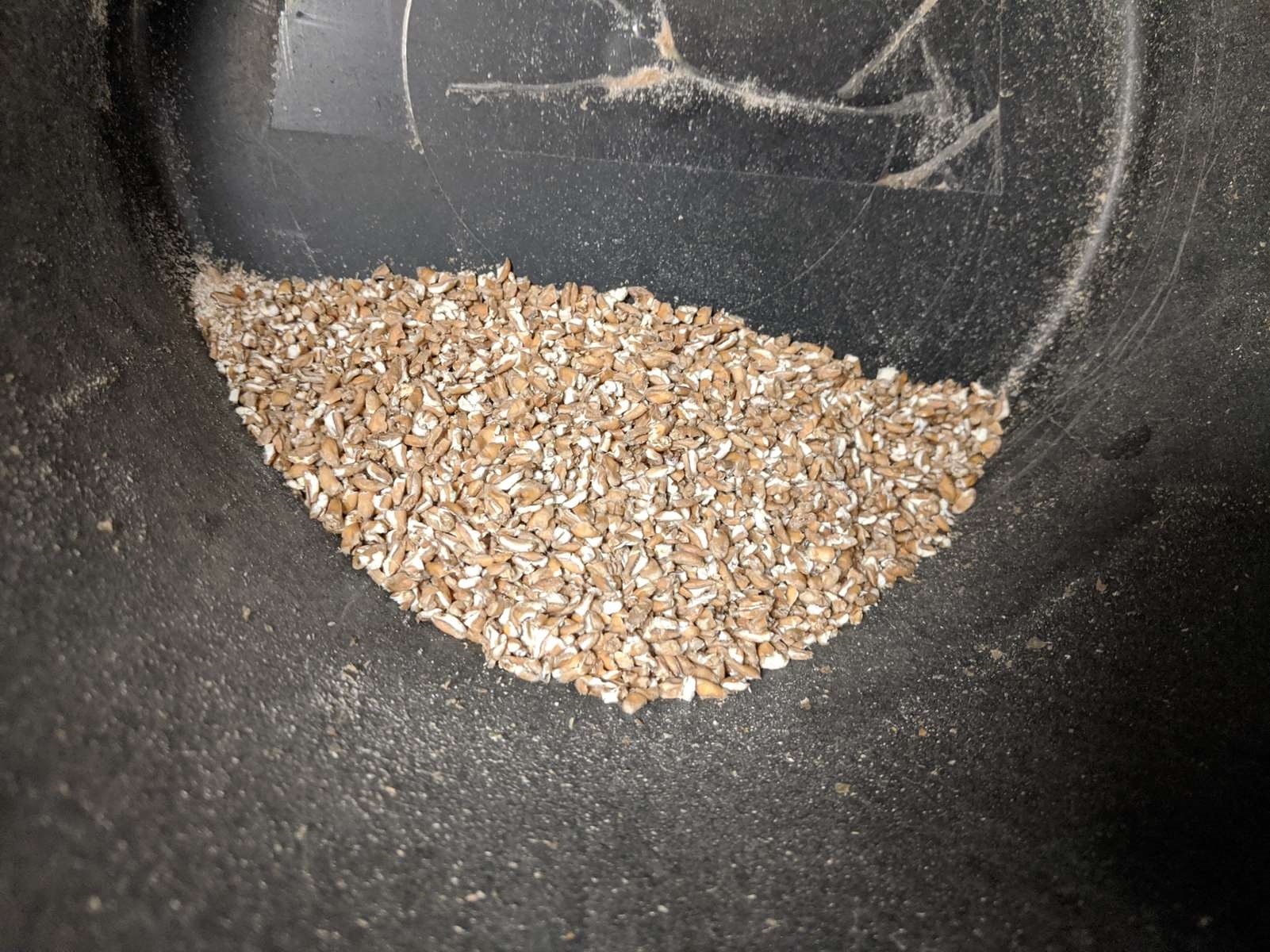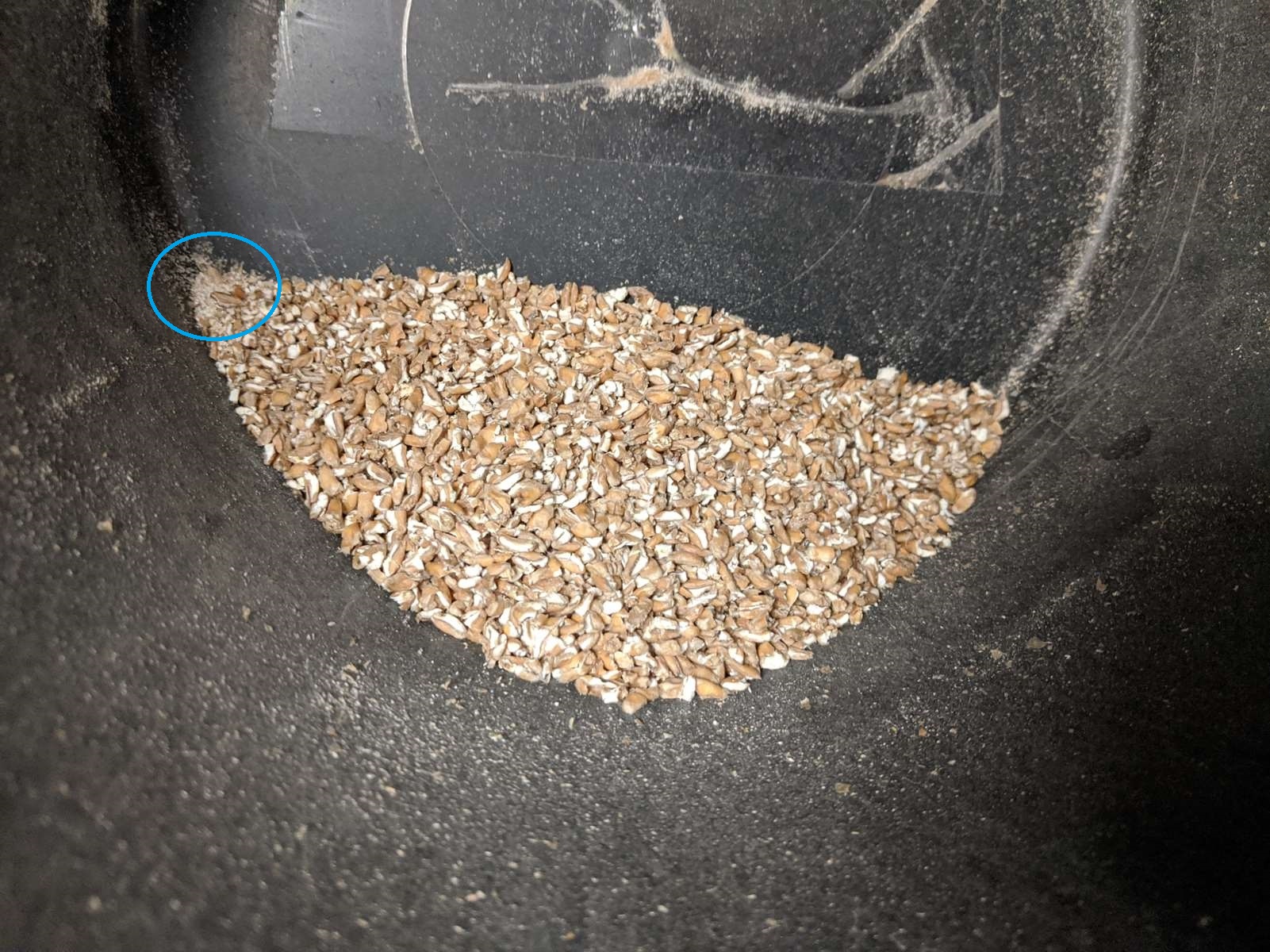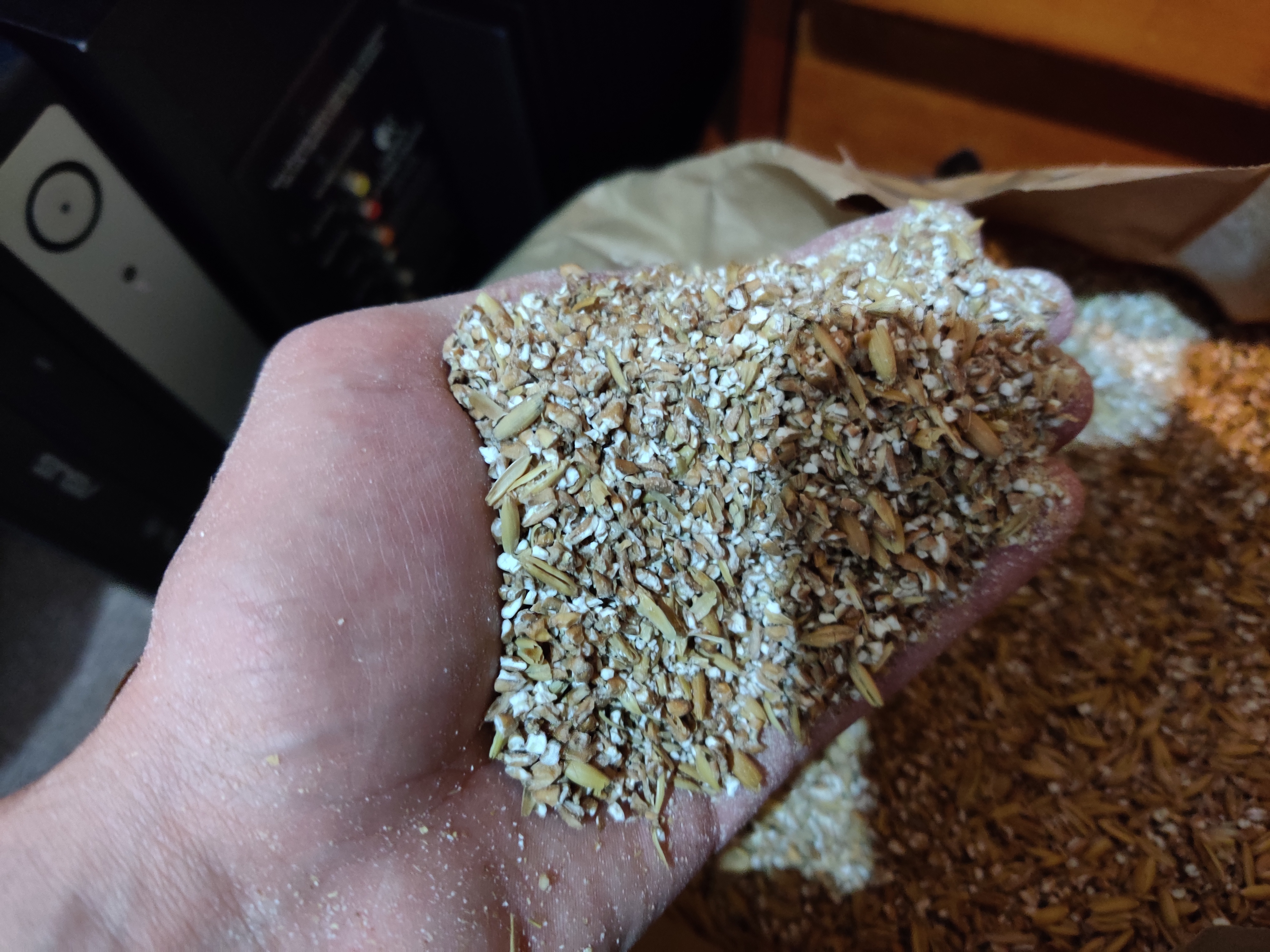I have a Robobrew 3.1 with pump and usually get a 70-72% mash efficiency.
Today I did my first wheat beer with 59% wheat malt, and the rest barley malt. I only got 36% BH efficiency for some reason.
I added 500g of oat hulls. While doing the recirculation, I noticed the mash water was flowing through the grain bed much more quickly than usual. For most brews I have the recirc valve about 1/3 of the way open but this time I had it fully open and it still didn't flood the grain bed as usual.
I did my ferulic acid rest for 15 minutes at 44C/111F, then the saccharification rest for 60 minutes at 67C/152F before mashout.
I also needed much more sparge water than I thought but that still doesn't account for that mash efficiency...
Today I did my first wheat beer with 59% wheat malt, and the rest barley malt. I only got 36% BH efficiency for some reason.
I added 500g of oat hulls. While doing the recirculation, I noticed the mash water was flowing through the grain bed much more quickly than usual. For most brews I have the recirc valve about 1/3 of the way open but this time I had it fully open and it still didn't flood the grain bed as usual.
I did my ferulic acid rest for 15 minutes at 44C/111F, then the saccharification rest for 60 minutes at 67C/152F before mashout.
I also needed much more sparge water than I thought but that still doesn't account for that mash efficiency...












![Craft A Brew - Safale S-04 Dry Yeast - Fermentis - English Ale Dry Yeast - For English and American Ales and Hard Apple Ciders - Ingredients for Home Brewing - Beer Making Supplies - [1 Pack]](https://m.media-amazon.com/images/I/41fVGNh6JfL._SL500_.jpg)




















































